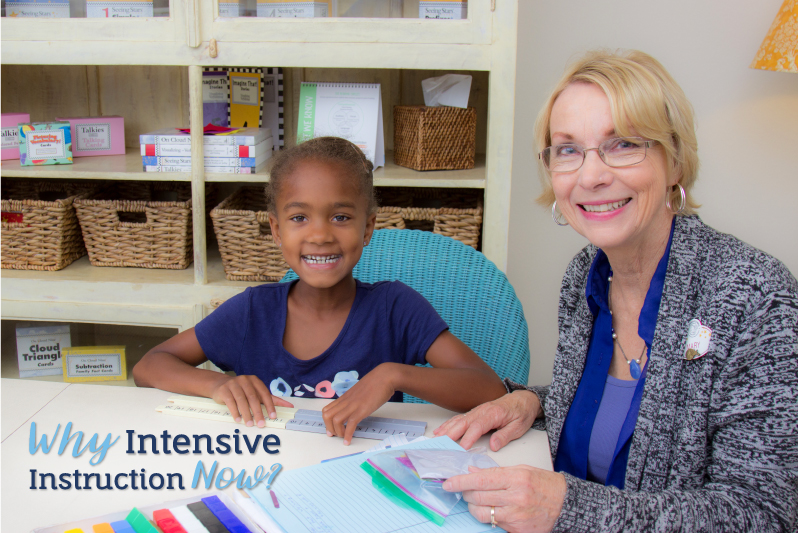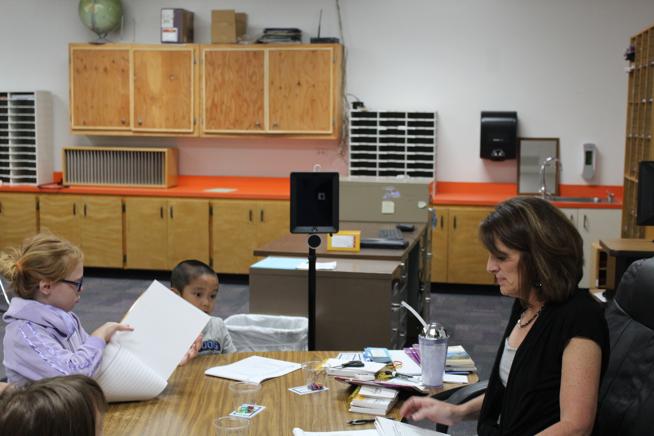
For many students, three months away from academics can lead to measurable learning loss in skills like reading and maths—which, of course, is not what any family wants to be faced with at the start of the upcoming school year. We’ve gathered a few ideas to help your family balance rest and learning all summer.
Keep up the momentum
Keep reading skills fresh by scheduling dedicated reading time every day. Putting library visits and/or bookstore shopping on your family’s summer calendar can help. At home, it may be helpful to create some cozy spaces that are conducive to reading. If your family has hit the road for a summer trip, scheduled reading time in the evening can be a great wind-down activity for everyone.
Check in about the books they’re reading to monitor for understanding. Ask, “What did you picture for what happened in that story?”, “What do you think might happen next?”, or “How would you change the ending of the story?”
Explore interests
Summer is a great time for children and teens to explore their personal interests. For example, an animal enthusiast can visit the zoo or volunteer at the local animal shelter. Use their special interest to choose summer reading titles.
Get active together (and get talking!)
We all know it’s important to make sure kids stay active all summer long. Join in on the fun of a hike or bike ride and use the opportunity to engage in conversation about the news of the day, funny family stories, and the books you’ve been reading.
During discussions with your child, ask questions that make her visualise—the key to good comprehension skills. For example, instead of asking, “What do you think about…?” you can ask, “What did you picture for that story in the news today?” or “What are you picturing for what might happen next?” You can expand upon these questions to dive into their images even more.
Maintain limits
Screen time, including TV, can prevent kids from being mentally and physically active. For this reason, it’s a good idea to set time limits on screen time just as you would during the school year, allowing for ample time outside, interacting face-to-face, with family and friends.
While TV and gaming can have some value, these activities offer little opportunity for students to visualise language—a key component for comprehension. Reading books, and listening to audiobooks, are much better alternatives to keep your child’s mind active.
Turn Summer Learning Loss into Learning Gain!
Students can spend part of their summer at one of our learning centres to turn what could have been a learning loss, into a learning gain. Some students come to us with a previous diagnosis of a learning challenge. Some need learning to be easier, while some use summer learning to get ahead for next year. We start by identifying strengths and weaknesses that may be affecting performance in reading, comprehension, and math. And, we make recommendations for individualised instruction plans that create learning gains. Students go back to school with more confidence.
Make an impact this summer! It’s a great time to get ahead for next school year. Get started today by contacting us to discuss how we can help make this summer everything your family has been waiting for!
Double Bay (02) 9328 7119 | Chatswood (02) 9410 1006 | Melbourne (03) 9815 2949











